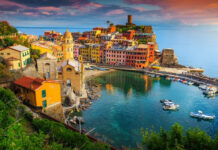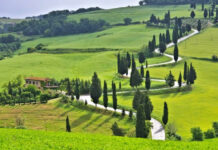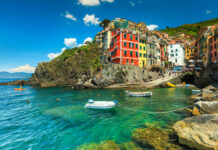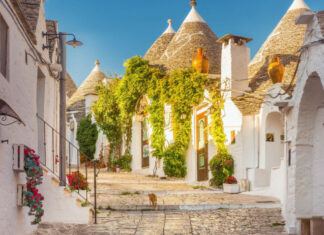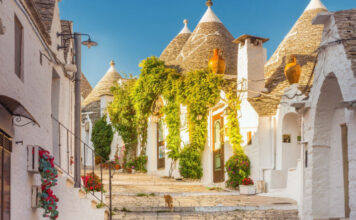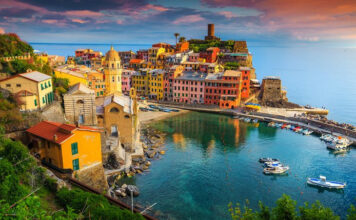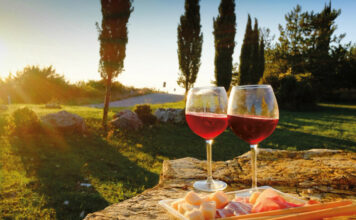Italy is a country where history breathes through the cobblestones and culture is not just preserved—it’s performed, sung, danced, and paraded through the streets all year long. From age-old religious processions to wild carnivals and regional food fairs, Italians know how to mark the calendar with unforgettable flair. This month-by-month guide dives into Italy’s most spectacular festivals, offering a journey through the country’s vibrant traditions, flavors, and artistry—because in Italy, every month is a reason to celebrate.
January – La Festa della Befana (Epiphany) – Nationwide
The new year in Italy kicks off not with fireworks, but with a witch. On January 6th, Italians celebrate the Festa della Befana, a centuries-old tradition marking the Epiphany, when the three wise men reached baby Jesus. According to folklore, Befana is an old woman who flies on a broomstick delivering sweets to good children and coal to the naughty ones. In towns like Urbania in Le Marche, Befana becomes a costumed star of the town, arriving from the skies and handing out treats to thousands of children.
Don’t miss: The Epiphany regatta in Venice, where rowers dressed as witches race along the Grand Canal.
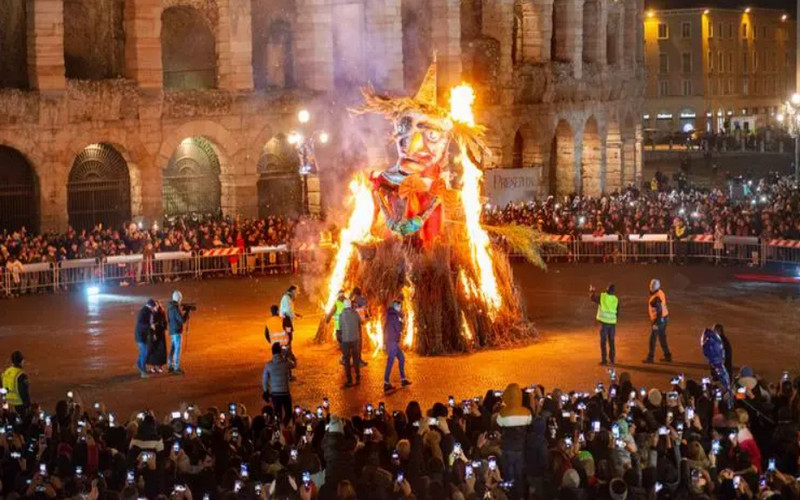
February – Carnevale di Venezia – Venice
Italy’s most iconic carnival transforms Venice into a surreal stage of masks, mystery, and opulence. Carnevale di Venezia is more than a costume party—it’s a dramatic homage to Venice’s baroque splendor. Elaborate masquerade balls, eerie candlelit processions, and street performers fill the lagoon city with theatrical magic. The festival typically lasts for two weeks before Ash Wednesday.
Highlight event: The “Volo dell’Angelo” (Flight of the Angel), when a costumed acrobat glides from the Campanile over St. Mark’s Square.
Local tip: Rent a handmade mask from a traditional atelier and attend a masquerade ball for the full experience.
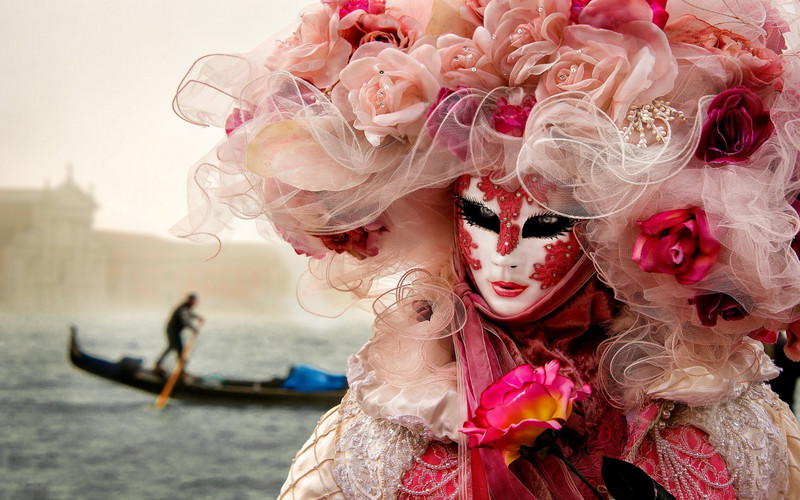
March – Festa di San Giuseppe (St. Joseph’s Day) – Southern Italy
Celebrated on March 19th, St. Joseph’s Day is the Italian equivalent of Father’s Day, but in many southern regions—especially Sicily and parts of Puglia—it’s marked by elaborate street festivals, religious processions, and culinary offerings. Massive “altars of bread” are created in honor of St. Joseph, and neighbors share zeppole (sweet cream-filled pastries). In towns like Salemi and Bagheria, public feasts overflow with traditional dishes and gratitude.
Why it’s special: The festival blends Catholic devotion with rural agricultural rituals, making it a heartfelt, community-driven celebration.
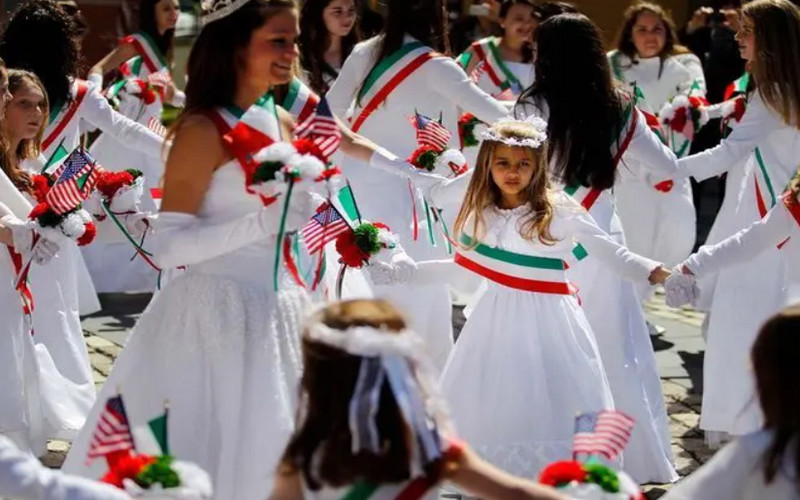
April – Scoppio del Carro – Florence
Easter in Florence is electrifying—literally. On Easter Sunday, the city hosts the Scoppio del Carro (Explosion of the Cart), a fireworks-filled tradition dating back to the Crusades. A decorated cart, pulled by white oxen, is brought to the Duomo and set ablaze with fireworks during the Easter Mass, ensuring a good harvest and prosperity.
Best viewing: Piazza del Duomo, early morning, surrounded by locals in Renaissance dress and festive music.
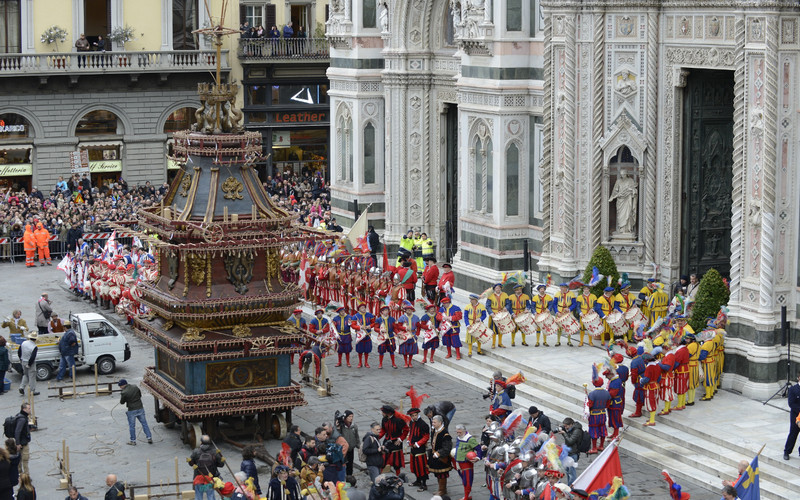
May – Calendimaggio – Assisi
In the hilltop town of Assisi, the medieval past comes to life in May during Calendimaggio, a three-day festival that pits the town’s two ancient districts (Parte di Sopra and Parte di Sotto) against each other in a spectacular display of pageantry. The festival is a reenactment of medieval spring rituals, complete with flag-throwers, troubadours, archery contests, and torch-lit processions.
Don’t miss: The dramatic nighttime parades when the city is lit by torches and the air echoes with Gregorian chants and music of old.

June – Infiorata di Noto – Sicily
A breathtaking visual feast, the Infiorata di Noto in mid-May or early June transforms the baroque streets of this Sicilian town into a living mosaic of flowers. Artists use thousands of petals to create massive street murals, some as long as 122 meters, in themes ranging from religious to abstract.
Why it’s magical: The contrast between the 18th-century golden stone architecture and the vivid colors of floral carpets creates an unforgettable scene.
Pro tip: Visit early in the morning before the crowds and heat set in.
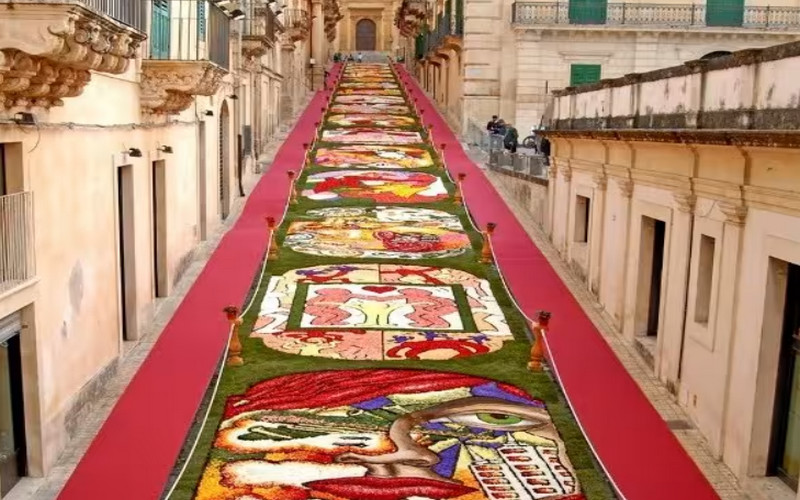
July – Palio di Siena – Siena
No Italian festival list is complete without the Palio di Siena, a heart-pounding bareback horse race held in Siena’s Piazza del Campo. The race, which occurs twice a year (July 2 and August 16), dates back to the 1600s and features riders representing the city’s 17 contrade (neighborhoods), each with its own flag, colors, and fanatical pride. The actual race lasts barely 90 seconds, but the celebrations stretch for days.
Insider tip: If you want a great view, book a window seat in one of the palazzi around the square months in advance.
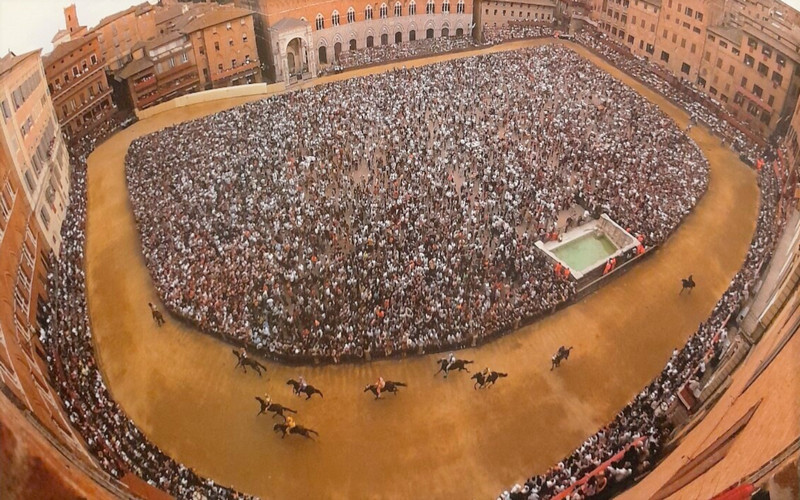
August – La Quintana – Ascoli Piceno
In this medieval jousting tournament held in early August, knights in full armor ride horses through an obstacle course to strike a target symbolizing an enemy knight. It’s one of Italy’s best-preserved historical reenactments, complete with a grand parade featuring hundreds in Renaissance costume, flag-throwing displays, and town-wide feasting.
Fun fact: The event dates back to 1377 and continues to be a fierce, prestigious competition among neighborhoods.
Great for: Families, history lovers, and anyone who missed Siena’s Palio.
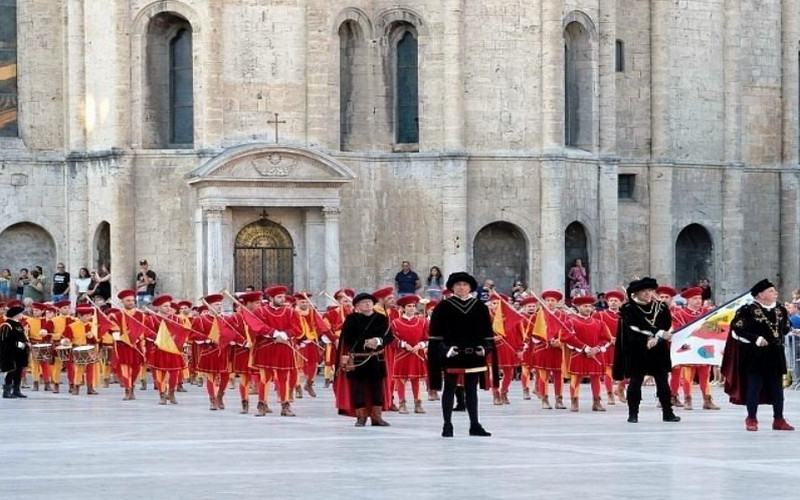
September – Regata Storica – Venice
Venice returns to its aquatic roots every first Sunday of September with the Regata Storica, a historical boat parade followed by serious rowing races. It begins with a pageant of 16th-century boats carrying actors dressed as Venetian nobles and doges, followed by the fiercely competitive gondolini races.
Highlight: Watching gondoliers row standing up with perfect synchronicity down the Grand Canal.
Local flavor: Grab a spot along the canal early and bring a picnic—Venetians treat it like a summer holiday.

October – Alba White Truffle Festival – Piedmont
Food lovers rejoice in autumn, when the hills of Piedmont awaken with the scent of truffles. The Fiera Internazionale del Tartufo Bianco d’Alba, held from October to November, is the most prestigious truffle fair in the world. Visitors can watch cooking shows, participate in truffle hunts with trained dogs, and bid in auctions for rare white truffles that can fetch thousands of euros.
Pair with: Barolo wine tastings, hazelnut farms, and the dramatic colors of the Langhe’s fall foliage.
Culinary tip: Book a table at one of Alba’s Michelin-starred restaurants for a seasonal tasting menu.
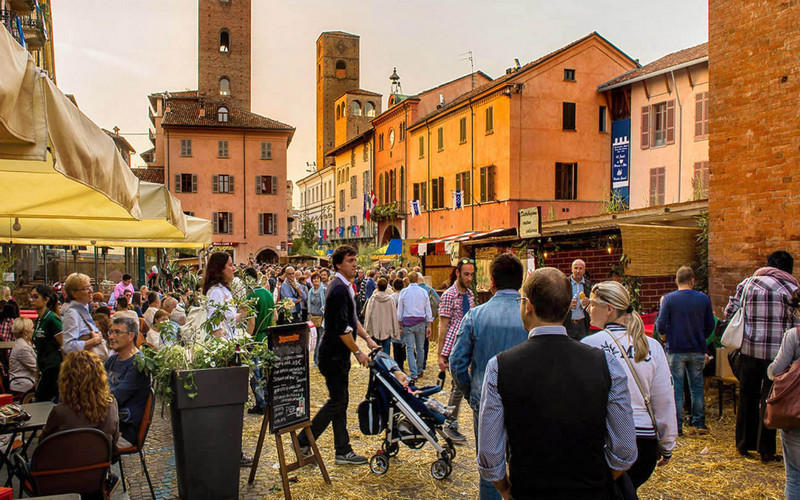
November – All Saints and All Souls Day – Nationwide
While not a flashy festival, Ognissanti (Nov. 1) and Il Giorno dei Morti (Nov. 2) are deeply important in Italian culture. These days honor the dead through candlelit cemeteries, special masses, and quiet family gatherings. In places like Sicily, bakeries sell special sweets such as “frutta martorana” (marzipan fruits) and “bones of the dead” cookies.
In Sicily: Families leave out gifts and sweets for returning spirits, in a tradition that predates Halloween.
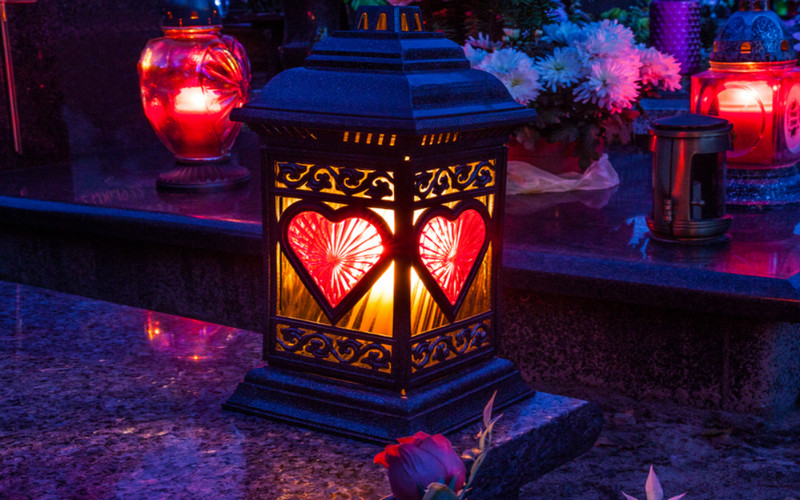
December – Natale and Presepe Traditions – Nationwide
Christmas in Italy is as spiritual as it is celebratory, and nowhere is that more evident than in the presepe (nativity scene) tradition. Towns like Naples become open-air art galleries filled with elaborate handcrafted nativity figures. In the village of Greccio, where St. Francis staged the first live nativity in 1223, actors still recreate it every year.
Other highlights: Christmas markets in Trentino-Alto Adige, Midnight Mass at the Vatican, and street festivals with zampognari (bagpipe players from the mountains).
Don’t miss: The lighting of the massive Christmas tree in St. Peter’s Square, Rome.

A Living Calendar of Culture
Italy is more than a destination—it’s a moving performance of centuries-old traditions, reimagined each year with passion and pride. Each month tells a different story, whether it’s whispered through flower petals in Sicily, shouted from balconies in Siena, or sung in masks on a Venetian canal. These festivals aren’t for tourists—they’re for communities that have kept their culture alive, and they invite you to witness it as a participant, not just a spectator. So, wherever and whenever you go, let Italy’s festival calendar guide your journey—you may find the soul of the country in a pastry, a procession, or a piazza filled with dance.

